Oral thrush may sound like a minor inconvenience, but for many people it can be painful, persistent, and confusing—especially if it appears suddenly or keeps coming back. Also known as oral candidiasis, this fungal infection develops when Candida—a type of yeast that naturally lives in the mouth—grows unchecked. While it is common in infants, it can affect adults as well, especially those with weakened immune systems or other risk factors.
This comprehensive guide explores what causes oral thrush, how symptoms differ across age groups, and what steps you can take to treat and prevent it. Whether you are a concerned parent or an adult experiencing unexplained mouth discomfort, understanding thrush is the first step toward effective care.
1. What Causes Oral Thrush?
Oral thrush develops when the natural balance of microorganisms in the mouth is disrupted. Normally, Candida exists peacefully among bacteria, kept in check by the immune system and oral environment. When this balance shifts, yeast begins to multiply rapidly, leading to infection.
1.1 Disruption of Oral Microbiome
Several factors can disturb the mouth’s natural microbial equilibrium:
- Poor oral hygiene
- Dry mouth
- Changes in saliva production
- Use of antibacterial mouthwash excessively
When healthy bacteria decrease, Candida gains an opportunity to overgrow.
1.2 Weakened Immune System
A strong immune system keeps yeast levels under control. People with weakened immunity are much more vulnerable to thrush.
Common causes include:
- HIV/AIDS
- Cancer treatments (chemotherapy or radiation)
- Organ transplantation
- Autoimmune diseases
1.3 Antibiotic Use
Broad-spectrum antibiotics kill harmful bacteria but also destroy beneficial microbes that regulate yeast. After a course of antibiotics, Candida may grow aggressively.
1.4 Inhaled Corticosteroids
People who use inhalers for asthma or COPD sometimes develop thrush if medication residue sits on the tongue or inside the cheeks.
1.5 Dentures
Poorly fitting dentures can trap moisture and bacteria, creating conditions ideal for fungal growth.
1.6 High Sugar Diet
Yeast thrives on sugar. Diets high in sweets, processed carbs, or sugary beverages can promote thrush.
1.7 Hormonal Changes
Pregnancy and hormonal fluctuations can increase susceptibility to yeast infections throughout the body, including the mouth.
2. Symptoms: How Do Signs Differ Between Adults and Infants?
While oral thrush is caused by the same fungus in all age groups, its symptoms may look or feel different depending on age and health status.
2.1 Symptoms in Adults
Adults with thrush may experience:
- Creamy white patches on the tongue, cheeks, or gums
- Redness beneath these patches after wiping
- Soreness or burning in the mouth
- Pain while eating or swallowing
- Cracked corners of the mouth
- Changes in taste or a “cotton-like” mouth feeling
In severe cases, thrush may spread down the throat, making swallowing difficult.
2.2 Symptoms in Infants
Infants often experience:
- White patches on the tongue and inner cheeks
- Irritability or fussiness during feeding
- Reduced appetite
- Diaper rash (if yeast spreads)
Because babies cannot describe discomfort, caregivers must rely on visible symptoms and feeding behavior.
2.3 Symptoms in Breastfeeding Mothers
If an infant has thrush, the infection can transfer to the mother’s nipples during breastfeeding. Symptoms may include:
- Sharp nipple pain
- Burning sensations after feeding
- Red, cracked, or peeling skin
Both mother and baby require treatment to prevent reinfection.
3. High-Risk Groups: Who Is Most Likely to Get Oral Thrush?
While anyone can get thrush, certain groups are significantly more susceptible.
3.1 Infants and Young Children
Their immune systems are still developing, making fungal infections more common.
3.2 Older Adults
Aging is associated with:
- Reduced saliva production
- Weakened immunity
- Increased medication use
These changes create an environment where Candida can thrive.
3.3 People with Weak Immune Systems
Those undergoing medical treatments or with chronic diseases have a higher risk, including:
- Cancer patients
- HIV-positive individuals
- People on immunosuppressive drugs
3.4 Denture Wearers
Poorly maintained dentures provide moisture and warmth—ideal for yeast growth.
3.5 People with Dry Mouth (Xerostomia)
Dry mouth may result from:
- Medications
- Dehydration
- Sjögren’s syndrome
- Radiation therapy
Without adequate saliva, the mouth loses its natural antifungal defenses.
3.6 Diabetics
High blood sugar levels feed yeast and weaken immune responses. Thrush may be a sign that diabetes is poorly controlled.
3.7 Smokers
Tobacco exposure irritates the mouth and alters microbial balance, increasing fungal growth risk.

4. Treatments: How Is Oral Thrush Treated Effectively?
The right treatment plan depends on the age and health of the patient, as well as the severity of the infection. Fortunately, most cases of thrush respond well to antifungal therapies.
4.1 Antifungal Medications
Doctors commonly prescribe:
- Nystatin oral suspension: Swished in the mouth before swallowing
- Clotrimazole troches: Dissolved slowly in the mouth
- Fluconazole (oral): A systemic antifungal for resistant or widespread cases
- Itraconazole: Used when first-line treatments fail
Infants are usually prescribed milder antifungal drops.
4.2 Treating Thrush in Infants
For babies:
- Medication is applied to the tongue and cheeks.
- Bottles, pacifiers, and toys must be disinfected.
- Breastfeeding mothers may need antifungal nipple cream.
4.3 Treating Thrush in Breastfeeding Mothers
Mothers may need:
- Topical antifungal ointments
- Oral antifungal medication if infection persists
- Careful sterilization of breast pumps and bottles
Both mother and infant should be treated simultaneously to prevent reinfection.
4.4 Improving Oral Hygiene
Patients should:
- Brush twice daily
- Use a soft toothbrush
- Replace toothbrushes after infection clears
- Rinse the mouth after using inhaled steroids
4.5 Addressing Underlying Causes
Treatment may involve:
- Adjusting medications
- Managing diabetes better
- Rehydrating regularly
- Improving diet and lifestyle habits
5. Prevention: How Can You Reduce the Risk of Oral Thrush?
Preventing thrush often requires long-term habit changes and attention to oral and systemic health.
5.1 Improve Daily Oral Hygiene
- Brush twice a day
- Floss daily
- Clean dentures thoroughly overnight
5.2 Rinse After Using Inhalers
Rinse your mouth or brush your teeth after each use of steroid inhalers.
5.3 Keep Dentures Clean
- Remove them at night
- Disinfect daily
- Ensure a proper fit to prevent irritation
5.4 Maintain a Balanced Diet
Limit high-sugar foods and emphasize:
- Vegetables
- Whole grains
- Lean proteins
- Probiotic-rich foods
These help keep the oral microbiome balanced.
5.5 Manage Chronic Conditions
Keep diabetes, autoimmune diseases, and other chronic conditions under control to minimize thrush risk.
5.6 Avoid Smoking
Smoking disrupts the oral environment and significantly increases the risk of fungal infections.
5.7 Strengthen Your Immune System
Healthy habits include:
- Adequate sleep
- Regular exercise
- Stress management
- Staying hydrated
A strong immune response helps prevent fungal overgrowth.

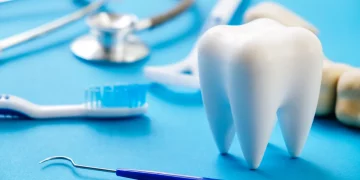



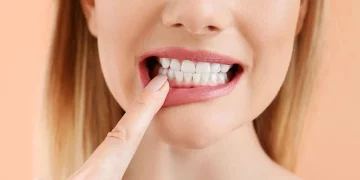
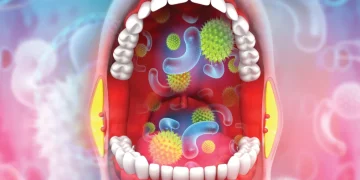





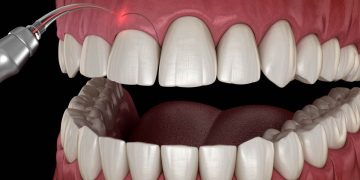


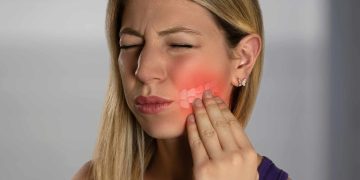




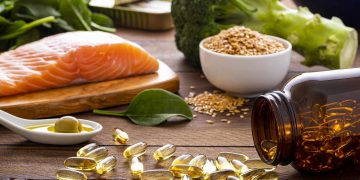








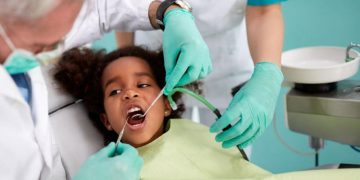














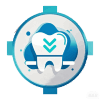
Discussion about this post